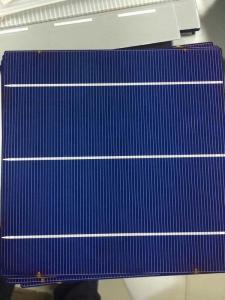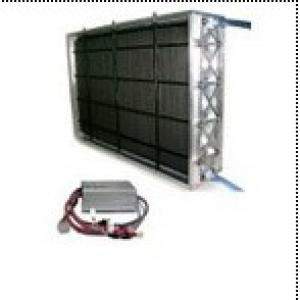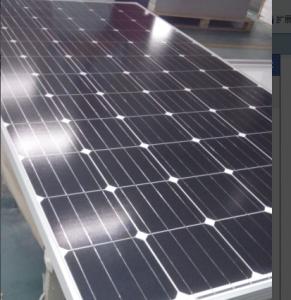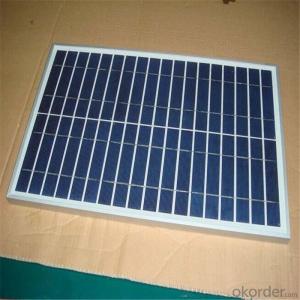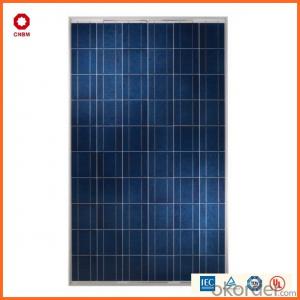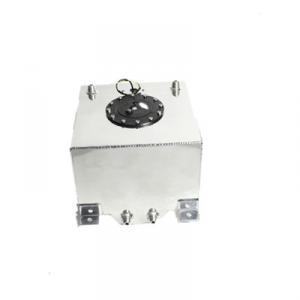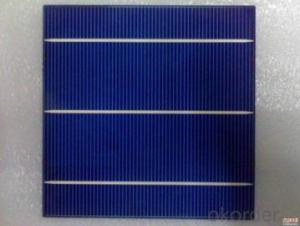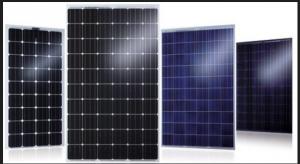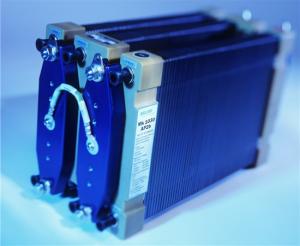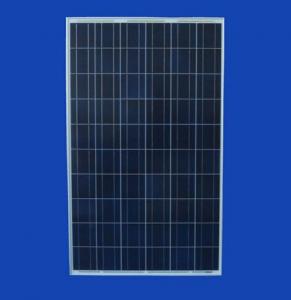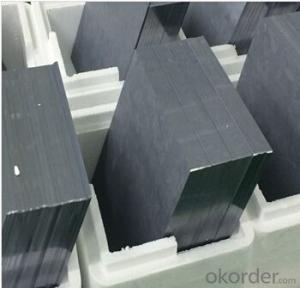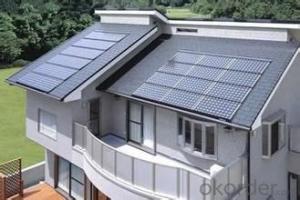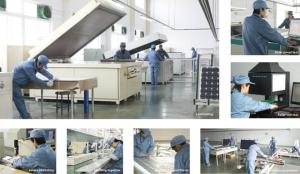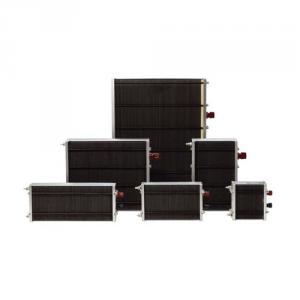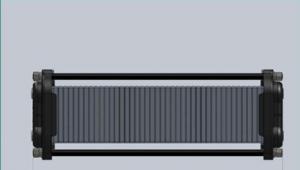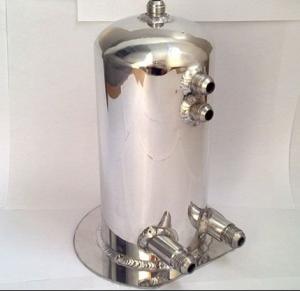Hyundai Solar Cells
Hyundai Solar Cells Related Searches
Hyundai Solar Module Honda Solar Cells Hyundai Solar Inverter Hanwha Solar Cells High Power Solar Cells Chinese Solar Cells Hjt Solar Cells High Performance Solar Cells Hot Solar Cells High Temperature Solar Cells High Efficiency Solar Cells Home Depot Solar Cells High Quality Solar Cells Heterojunction Solar Cells Hobby Solar Cells High Voltage Solar Cells Highly Transparent Solar Cells High Output Solar Cells Hexagonal Solar Cells High Wattage Solar Cells Buy Solar Cells Photovoltaic Solar Cells Fraunhofer Solar Cells Organic Solar Cells Ibc Solar Cells Free Solar Cells Rec Solar Cells Electric Solar Cells Home Built Solar Cells Solar Energy CellsHyundai Solar Cells Supplier & Manufacturer from China
Hyundai Solar Cells is a renowned brand that offers a wide range of high-quality solar energy products. These products include solar panels, inverters, and other essential components required for efficient solar energy generation. Their products are designed to cater to various needs, making them suitable for both residential and commercial applications. The advanced technology and durability of Hyundai Solar Cells make them a popular choice among customers seeking reliable and eco-friendly energy solutions.The application and usage scenarios of Hyundai Solar Cells are vast, as they can be utilized in various settings. These include powering homes, businesses, and even off-grid locations. By harnessing the power of the sun, Hyundai Solar Cells help reduce reliance on non-renewable energy sources and contribute to a sustainable future. They also play a significant role in reducing energy costs and minimizing environmental impact, making them an attractive option for those looking to invest in clean energy.
Okorder.com is a leading wholesale supplier of Hyundai Solar Cells, boasting a large inventory of their products. This online platform allows customers to conveniently browse and purchase the desired solar energy products at competitive prices. With Okorder.com's extensive selection and commitment to customer satisfaction, finding the right Hyundai Solar Cells for your needs has never been easier.
Hot Products








